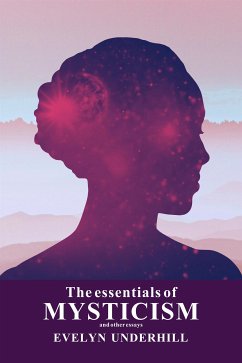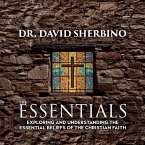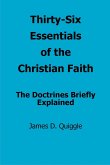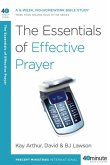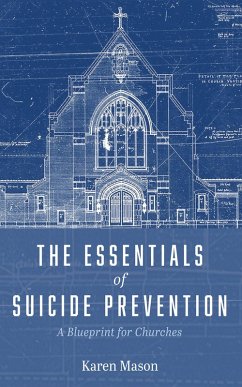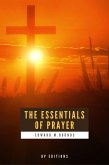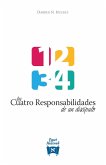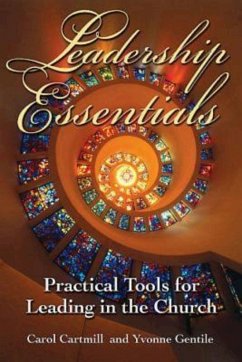Evelyn Underhill was one of the greatest spiritual writers of the twentieth century. Her legacy as a pivotal figure in Christian mysticism endures today. For her, true mysticism is first of all active and practical, an organic life process in which the whole self is engaged, rather than simply an intellectual apprehension. Underhill’s essays on the topic merits a reexamination since it is still used in most courses that explore the experience of God called mysticism and still attracts contemporary spiritual seekers.
Excerpt: What are the true essentials of mysticism? When we have stripped off those features which some mystics accept and some reject — all that is merely due to tradition, temperament or unconscious allegorism — what do we find as the necessary and abiding character of all true mystical experience? This question is really worth asking. For some time much attention has been given to the historical side of mysticism, and some — much less — to its practice. But there has been no clear understanding of the difference between its substance and its accidents: between traditional forms and methods, and the eternal experience which they have mediated. In mystical literature words are frequently confused with things, and symbols with realities; so that much of this literature seems to the reader to refer to some self-consistent and exclusive dream-world, and not to the achievement of universal truth. Thus the strong need for re-statement which is being felt by institutional religion, the necessity of re-translating its truths into symbolism which modern men can understand and accept, applies with at least equal force to mysticism. It has become important to disentangle the facts from ancient formulae used to express them.
Contents:
THE ESSENTIALS OF MYSTICISM
THE MYSTIC AND THE CORPORATE LIFE
MYSTICISM AND THE DOCTRINE OF ATONEMENT
THE MYSTIC AS CREATIVE ARTIST
THE EDUCATION OF THE SPIRIT
THE PLACE OF WILL, INTELLECT AND FEELING IN PRAYER
THE MYSTICISM OF PLOTINUS
THREE MEDIAEVAL MYSTICS
I. THE MIRROR OF SIMPLE SOULS
II. THE BLESSED ANGELA OF FOLIGNO
III. JULIAN OF NORWICH
MYSTICISM IN MODERN FRANCE
I. SOEUR THÉRÈSE DE L’ENFANT-JÉSUS
II. LUCIE-CHRISTINE
III. CHARLES PÉGUY
Excerpt: What are the true essentials of mysticism? When we have stripped off those features which some mystics accept and some reject — all that is merely due to tradition, temperament or unconscious allegorism — what do we find as the necessary and abiding character of all true mystical experience? This question is really worth asking. For some time much attention has been given to the historical side of mysticism, and some — much less — to its practice. But there has been no clear understanding of the difference between its substance and its accidents: between traditional forms and methods, and the eternal experience which they have mediated. In mystical literature words are frequently confused with things, and symbols with realities; so that much of this literature seems to the reader to refer to some self-consistent and exclusive dream-world, and not to the achievement of universal truth. Thus the strong need for re-statement which is being felt by institutional religion, the necessity of re-translating its truths into symbolism which modern men can understand and accept, applies with at least equal force to mysticism. It has become important to disentangle the facts from ancient formulae used to express them.
Contents:
THE ESSENTIALS OF MYSTICISM
THE MYSTIC AND THE CORPORATE LIFE
MYSTICISM AND THE DOCTRINE OF ATONEMENT
THE MYSTIC AS CREATIVE ARTIST
THE EDUCATION OF THE SPIRIT
THE PLACE OF WILL, INTELLECT AND FEELING IN PRAYER
THE MYSTICISM OF PLOTINUS
THREE MEDIAEVAL MYSTICS
I. THE MIRROR OF SIMPLE SOULS
II. THE BLESSED ANGELA OF FOLIGNO
III. JULIAN OF NORWICH
MYSTICISM IN MODERN FRANCE
I. SOEUR THÉRÈSE DE L’ENFANT-JÉSUS
II. LUCIE-CHRISTINE
III. CHARLES PÉGUY

